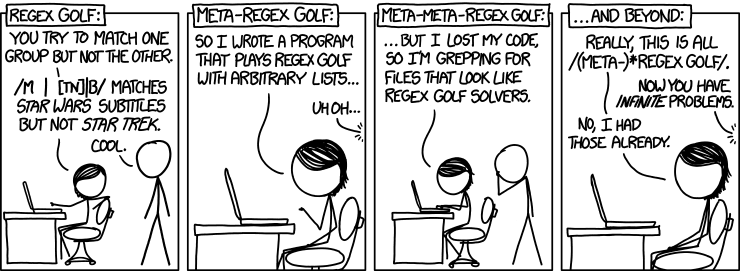The regular install on a Raspberry Pi is NOOBS (new out-of-box software) and contains several pre-packaged operating systems. However for the purpose of our MITM device we’ll be using a different Linux distro for our Pi: PwnPi. PwnPi is a distribution of the Raspbian OS that contains many pre-installed packages for security and penetration testing which is naturally right up our alley. So, go ahead and download PwnPi. Once it’s downloaded we’ll need to load it onto our SD card. First, format your SD card using the SD card formatter from the SD association. If the “size” value shown in the formatter is less than the size of your card, be sure to choose “format size adjustment” in the card.
via Setting up a man-in-the-middle device with Raspberry Pi, Part 1 | jeffq, published.

